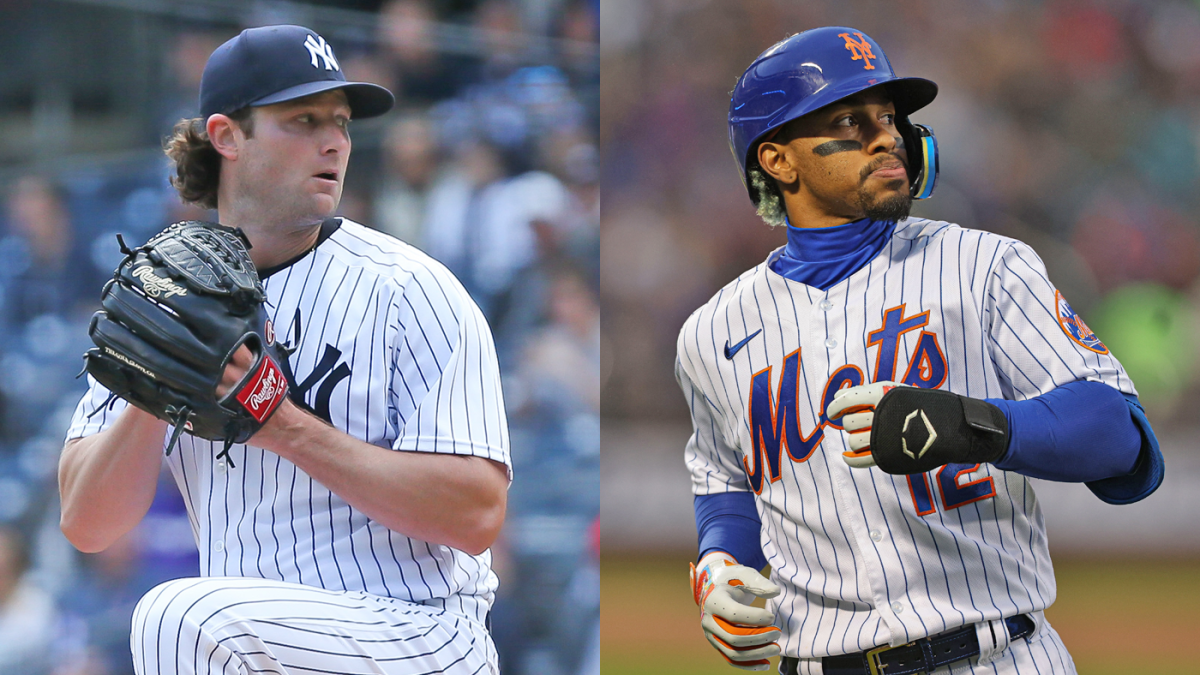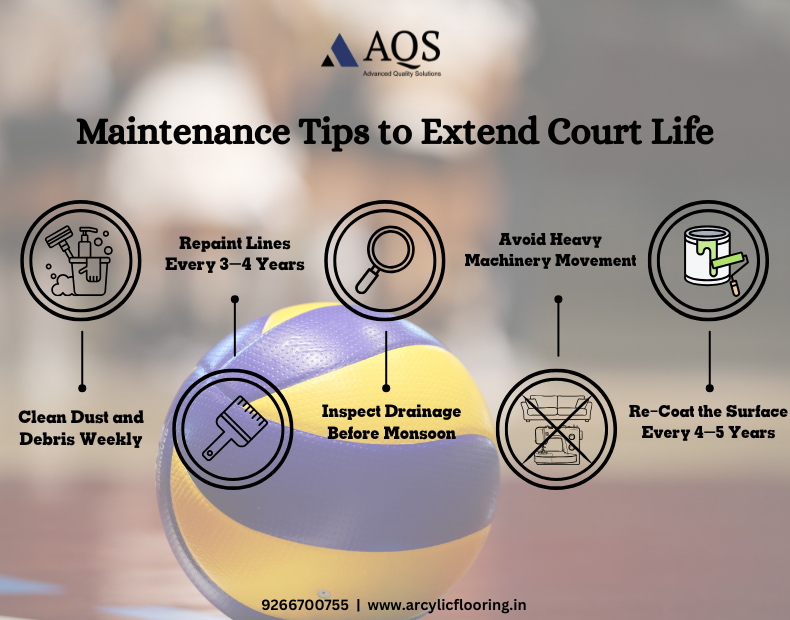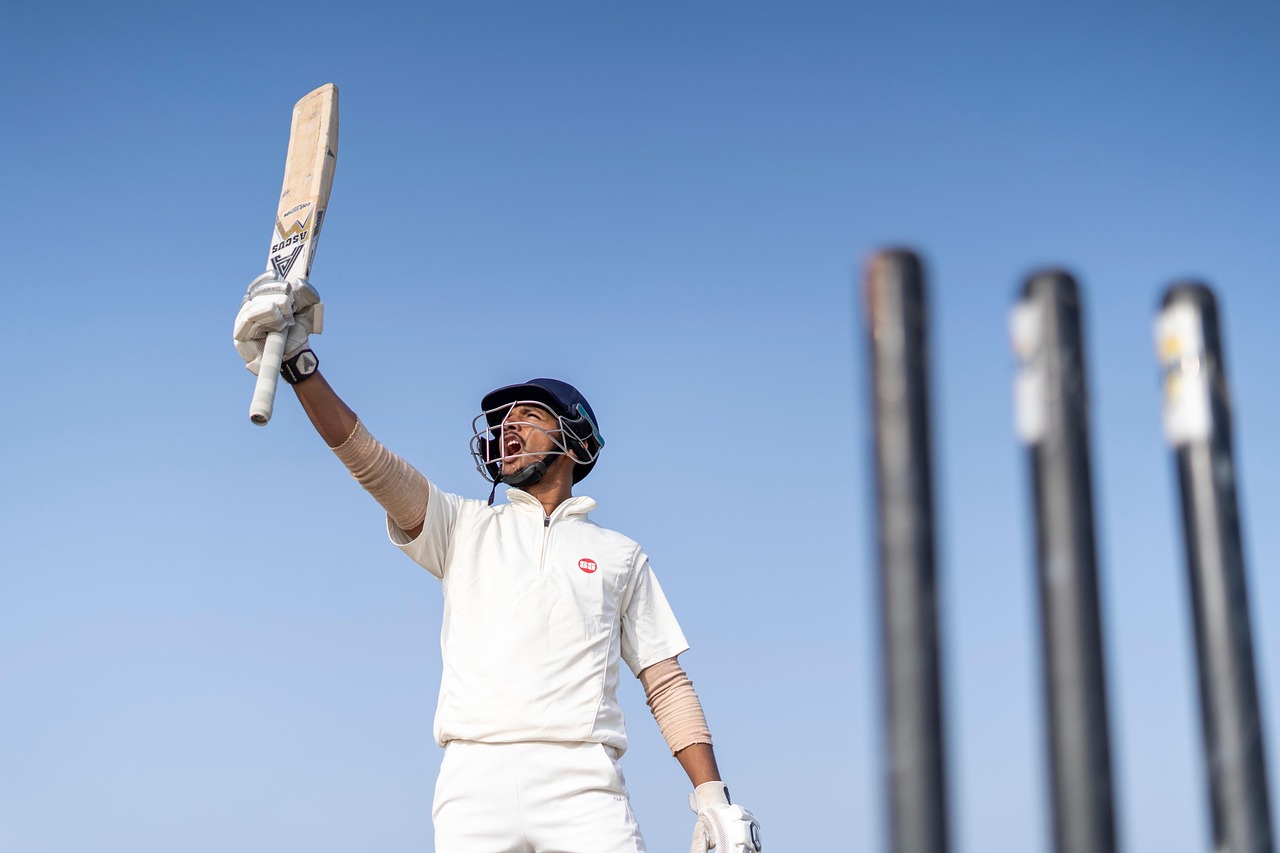Sports
How Yankees vs. Mets grew to become into a Sunday Evening

Introduction
Baseball fans across New York know that when the Yankees face off against the Mets, it’s more than just another game—it’s a citywide event. Known as the “Subway Series,” this showdown between New York’s two Major League Baseball teams has grown into one of the most anticipated matchups in the league. Over time, it’s become more than a local rivalry. It’s now a spotlight event featured in national Sunday evening broadcasts, capturing attention from coast to coast.
But how did this inner-city competition transform into a major Sunday night showcase? This article takes a look at the history, evolution, and cultural impact of Yankees vs. Mets, and how it grew into a must-watch event for baseball lovers across the country.
A Tale of Two Teams
The Yankees and Mets represent two different baseball legacies in New York. The Yankees, established in 1901, are one of the most successful franchises in all sports history, with dozens of World Series titles and legends like Babe Ruth, Derek Jeter, and Mariano Rivera. They symbolize tradition, success, and a winning mentality.
The Mets, founded in 1962, are younger but beloved. They represent resilience, underdog victories, and a passionate fan base. Known for their memorable 1969 and 1986 World Series wins, the Mets bring color and flair to the city’s baseball scene.
When these two worlds meet, the stakes feel higher, even in the regular season. What started as a regional rivalry quickly evolved into a national headline.
The Subway Series Begins
Before interleague play began in 1997, Yankees and Mets fans could only dream of seeing their teams play each other in games that mattered. Once interleague play was introduced, that dream became reality. The first official Subway Series in the regular season happened in June 1997, with the Yankees and Mets finally sharing the same field under official competition.
From that moment, the Subway Series wasn’t just about bragging rights. It became a symbol of city pride, featuring packed stadiums, roaring crowds, and intense energy. Each game felt like a postseason battle, even in June or July.
Sunday Night Baseball and the National Spotlight
As the Subway Series grew in popularity, it caught the attention of national broadcasters. ESPN’s “Sunday Night Baseball” quickly recognized the appeal. The games didn’t just feature two big teams—they told a story of rivalry, legacy, and passion.
Sunday night slots are reserved for games with high viewership potential. The Yankees vs. Mets matchup checked all the boxes:
- Two of the largest media markets in America
- Star-studded rosters
- Historic ballparks like Yankee Stadium and Citi Field
- A built-in narrative every time the two teams meet
Putting this game on a Sunday night made perfect sense. It gave fans a prime-time stage, attracted national sponsors, and brought the excitement of New York baseball to living rooms across the country.
Memorable Sunday Night Moments
Several Subway Series games have gone down in history, especially the ones played on Sunday nights. Here are a few unforgettable moments:
1. Clemens vs. Piazza Showdown
In 2000, tensions boiled over between Yankees pitcher Roger Clemens and Mets catcher Mike Piazza. Their heated rivalry carried into the World Series that year, and every Sunday night matchup between them brought drama and tension.
2. Walk-Off Wins and Extra Innings
The tight competition has led to thrilling finishes. From walk-off home runs to extra-inning drama, these games have kept fans glued to their screens until the last pitch.
3. Stars Stepping Up
Players like Aaron Judge, David Wright, Pete Alonso, and Giancarlo Stanton have delivered big moments under the Sunday night lights, further fueling the rivalry.
Fan Culture and Social Buzz
One of the biggest reasons for the popularity of Yankees vs. Mets on Sunday night is the fan base. New York is a city of strong opinions, and fans of both teams never shy away from showing their loyalty. The rivalry isn’t just about the teams—it’s about neighborhoods, families, and history.
On social media, hashtags trend nationally during game time. Memes, debates, and live reactions turn each match into an online event. Whether it’s friendly teasing or heated exchanges, the online buzz adds another layer of excitement to the games.
The Role of Media and Storytelling
Sports media plays a big role in turning a rivalry into an event. Every Sunday night game between the Yankees and Mets comes with expert analysis, historical comparisons, and player interviews. The storytelling turns these games into more than just 9 innings—it becomes a chapter in a bigger book.
Media coverage before and after the game dives into lineup changes, injury reports, and past meetings. This deep coverage gives even casual fans a reason to tune in.
Economic and Tourism Boost
Sunday night Subway Series games are not just good for baseball—they’re great for business. These high-profile matchups draw tourists, fill up stadiums, and create a buzz around the city.
Restaurants, bars, and hotels near the stadiums see increased business on game nights. Merchandise sales go up, and fans flock to the ballparks wearing their team colors proudly.
The rivalry doesn’t just bring energy—it brings economic impact.
What Makes Sunday Evenings Special?
There’s something magical about Sunday evenings. It’s the perfect time for families to gather, for fans to relax before the new week, and for sports lovers to enjoy one last thrill before Monday.
Putting the Subway Series on a Sunday night makes it feel like the grand finale of the weekend. The lights, the cheers, and the stakes all seem a little higher when it’s Sunday night baseball.
Looking Ahead: Future of the Rivalry
As long as both teams remain competitive and the fans stay passionate, the Yankees vs. Mets rivalry will only grow stronger. Future matchups will continue to feature new stars, exciting plays, and memorable moments.
Sunday night games will remain a centerpiece of the rivalry, giving fans across the country a chance to witness the drama unfold. With more players rising to stardom and new storylines developing every season, the stage is set for many more thrilling Sunday night encounters.
Conclusion
Yankees vs. Mets is more than a baseball game. It’s a story of tradition, rivalry, and the energy of New York City. Over the years, it has grown into a Sunday night spectacle, attracting fans from all over the country and turning regular-season games into prime-time drama. With fierce competition, unforgettable moments, and non-stop passion, this rivalry continues to be one of baseball’s most exciting chapters.
Whether you’re a lifelong fan or new to the game, one thing is certain—when it’s Sunday night and the Yankees are playing the Mets, you don’t want to miss it.
Sports
Affordable Volleyball Court Construction by Certified Manufacturers

Introduction
Volleyball is no longer just confined to school playgrounds or seaside leisure spots. Across India this fast-paced team sport is rapidly becoming a preferred activity for schools, colleges, clubs and housing societies. And with that it is growing popularity and a rising demand for durable safe and affordable volleyball courts.
But building a volleyball court that performs well both in terms of playability and lifespan. That depends on one major factor – the quality of the materials and the expertise of the construction team. Thats where certified sports flooring manufacturers like AQS ,Top Flooring , and SLT Sports come in. These Indian brands have revolutionised the way sports infrastructure is built in the country. And offering world class synthetic acrylic surfaces at a fraction of the cost of imported systems.
Global names like Laykold and California Sports Surfaces have long set the bar for court technology. But today Indian manufacturers like Pacecourt and AQS are offering equally high performance flooring. All tailored to Indias specific climate, soil and humidity levels. While keeping volleyball court costs low and easy maintenance.
Why Choosing Certified Volleyball Court Manufacturers?

When it comes to building a volleyball court, certification is more important to check with experience and installed projects. A certified volleyball court manufacturer is all about precision reliability and performance. These manufacturers follow some of the toughest global standards such as ISO ITF ASTM and SGFI. Which ensure that every layer – from the concrete primer to the final colour coat meets world class quality standards.
Certified manufacturers like AQS Pacecourt and Top Flooring bring together cutting-edge material science, skilled engineering, and years of experience to deliver surfaces that last longer perform better and are safer for players.
Here’s what makes certification so valuable:
1. Consistent Quality Control
Certified brands don’t mess around with guesswork. Every batch of acrylic material is put through its paces and tested for viscosity, adhesion strength, and film thickness. Which ensure a consistent texture and finish across the court. This consistency gives you a reliable ball bounce, colours that don’t fade and a surface that will last a long time.
2. Player Safety Comes First
A top-grade volleyball court surface has to strike the perfect balance between grip and comfort. Certified acrylic coatings are designed to give you just the right amount of traction – not too sticky, not too slippery – while also cushioning the impact for your knees, joints and ankles during those intense rallies or dives.
3. Weatherproofing for India’s Extreme Climate
Indias weather can be pretty unforgiving from blistering heat to torrential monsoons to scorching sun. But certified acrylic systems from AQS and Pacecourt are designed to handle it all. They’re made to be resistant to UV light and water. So they don’t peel fade or develop cracks under harsh outdoor conditions.
4. Built to Last
A well built certified acrylic volleyball court can last anywhere from 4 to 7 years with minimal upkeep. And that’s a promise which certified manufacturers can keep. The multi layered coating system is designed to withstand all the wear and tear of regular use and keep on performing year after year.
5. Environmental Responsibility Goes Hand in Hand with Performance
Modern certified coatings are not only low in VOCs solvent free and eco friendly. But also designed to help facilities meet their environmental goals. Brands like AQS and SLT Sports actively promote sustainable production methods. Which reduce waste and offering a high performance court.
Comparing Global and Indian Volleyball Court Brands
For decades, Laykold and California Sports Surfaces have been synonymous with professional-grade courts used in global tournaments. Their technologies inspired a new wave of innovation among Indian manufacturers. Who have successfully localized these systems for Indian climatic and usage conditions.
| Brand | Origin | System Type | Key Strengths |
| Laykold | USA | Acrylic & PU Hybrid | Used in US Open; world-class cushion systems with superior elasticity and finish. |
| California Sports Surfaces | Australia / USA | Acrylic Systems | ITF-approved coatings with UV resistance and consistent play characteristics. |
| Pacecourt | India | Synthetic Acrylic | Engineered for tropical climate; cost-efficient, durable, and multi-sport compatible. |
| AQS (Advanced Quality Solution) | India | Synthetic Acrylic | ISO-certified systems optimized for Indian humidity, heat, and monsoon endurance. |
| Top Flooring | India | Acrylic Multi-Layer | Premium aesthetics, ITF certified system, vibrant colors, and smooth texture ideal for academies and clubs. |
| SLT Sports | India | Acrylic Multi-Layer | Trusted for on-site precision, fast installation, and all-weather outdoor performance. |
Step-by-Step Volleyball Court Construction Process
A professional volleyball court is more than a concrete slab with paint. But it’s a multi-layered engineered surface. Certified manufacturers like AQS follow these systematic steps:
1. Base Preparation
- A stable base is essential typically M20-grade reinforced concrete or asphalt.
- The surface must have a slope of 1:100 for water runoff.
- Unevenness greater than 3 mm over 3 m should be corrected before coating.
2. Acrylic Resurfacer Application
- The resurfacer smooths micro-pores and creates adhesion for top layers.
- It fills minor cracks and ensures the base is completely uniform.
3. Cushion Coat (Optional)
- Used for comfort and shock absorption, especially in training academies.
- Consists of multiple layers of acrylic mixed with fine rubber granules.
- Reduces stress on ankles and knees, improving player endurance.
4. Color Coats
- Two coats of UV-stable acrylic color are applied using squeegees.
- Custom colors (green, blue, terracotta, red) can be chosen for branding or visibility.
- AQS and Top Flooring offer custom shade matching for schools or clubs.
5. Line Marking
- Precision marking ensures correct boundaries and gameplay accuracy.
- Anti-fade acrylic line paint ensures visibility even under sunlight.
Volleyball Court Maintenance Tips to Extend Court Life

Even though synthetic acrylic volleyball courts are known for their durability and low maintenance. Proper care can significantly enhance their lifespan and preserve their professional look. A few small, consistent efforts can make the court perform better and last longer both in terms of appearance and playability.
1. Clean Dust and Debris Weekly
Regular cleaning is the simplest yet most effective way to maintain your court. Use a soft broom or air blower to remove dust, dry leaves, and debris from the surface at least once a week. This prevents dirt accumulation, which can make the surface slippery and affect grip during play.
2. Repaint Lines Every 3–4 Years
Line markings tend to fade over time due to sun exposure and frequent use. Repainting them every three to four years keeps the markings sharp and visible. Which ensuring accurate gameplay and maintaining the professional look of the court.
3. Inspect Drainage Before Monsoon
Before heavy rains, check the drainage around the court. Clear out any clogged outlets or blocked gutters to allow smooth water flow. Good drainage prevents puddles and moisture buildup, which can damage the acrylic coating and lead to surface cracks or peeling.
4. Avoid Heavy Machinery Movement
Never allow vehicles, scaffolding, or heavy equipment to move or rest on the playing surface. The pressure and weight can cause surface dents, cracks, or base damage, affecting both the safety and aesthetics of the court.
5. Re-Coat the Surface Every 4–5 Years
To keep the volleyball surface fresh and playable. Apply a new coat of acrylic paint every four to five years. Re-coating restores the original grip, color brightness, and elasticity. With timely upkeep, a synthetic acrylic volleyball court can deliver 8–10 years of optimal performance with minimal repairs.
Why Indian Brands Rival Global Standards
| Parameter | AQS / Top Flooring / SLT Sports | Laykold / California Sports Surfaces |
| Material Type | Synthetic Acrylic | Acrylic / PU Hybrid |
| Pricing (₹/Court) | 5–8 Lakh | 15–25 Lakh (Export Models) |
| Climate Adaptability | Excellent (Heat + Monsoon) | Temperate Conditions |
| Supply Chain | PAN India | International Export |
| Customization | High | Moderate |
| Maintenance Cost | Low | Moderate |
This comparison shows how Indian manufacturers now match global quality at far lower pricing, making them the smarter choice for schools, clubs, and municipal sports projects.
Conclusion
Affordable volleyball court construction is not about cutting corners it’s about making smart choices. The true value lies in partnering with certified manufacturers who understand how to balance cost, quality, and performance.
Brands like AQS, Top Flooring, and SLT Sports are redefining the sports flooring landscape in India. By combining Pacecourt’s innovation with the technical precision seen in global leaders like Laykold and California Sports Surfaces, these companies deliver international-grade quality at Indian-friendly prices.
From professional academies and schools to community clubs and recreational spaces, these certified manufacturers ensure every project stands for durability, visual appeal, and safe playability.
Sports
The Hidden Costs That Keep Cricket Growing in India

Introduction
Cricket feels like it lives in the bloodstream of India. Stadiums fill up overnight, broadcast numbers reach new records, and young players dream of wearing the national jersey. From the outside, the sport appears to grow on its own, but behind the scenes, an enormous financial engine keeps it moving. Every tournament, academy, league match, and fan event runs on a foundation of real spending that often goes unnoticed.
Infrastructure Behind the Scenes
Cricket looks effortless on the field, but stadiums require significant spending to stay ready year-round. Large venues depend on skilled groundsmen, lighting systems, and constant repairs. Even when matches are not happening, maintenance work continues. These ongoing costs form the silent foundation that keeps Indian cricket running smoothly.
Investment in Player Development
Every young player who enters an academy depends on a structure built through heavy investment. Quality coaches, strength trainers, nutritionists, and physiotherapists all play a role in shaping talent. Modern training also includes data analysis and wearable tech, which increases expenses but helps produce world-class players.
Technology That Drives Modern Cricket
The viewing experience has improved because of high-end cameras, drones, replay systems, and digital platforms. These upgrades come with long-term costs for broadcasters and cricket boards. Teams also use analytics tools to track performance. Fans enjoy sharp replays and interactive apps without seeing the financial effort behind them.
City Investments and Local Growth
Regional centers work hard to host major events. The upcoming cricket match in Raipur, for example, involves spending on security, traffic plans, stadium preparation, and hospitality. Smaller cities take on these costs to strengthen their presence in the cricket ecosystem and attract more tournaments in the future.
How Fans Share the Financial Load
As expenses rise across infrastructure, training, and technology, some of the cost naturally reaches the fans. Ticket prices, merchandise rates, and streaming subscriptions are shaped by the financial demands of the sport. Cricket continues to grow across India, powered by passion and supported by a network of hidden, essential investments.
Franchise and League Operations
1. IPL team expenses
IPL teams run like big businesses. They invest in star players, training facilities, travel, support staff, and promotional events.
2. State association budgets
Associations handle domestic schedules, junior selections, and infrastructure projects that need continuous funding.
3. Venue fees and logistics
Organizing a match means arranging security, medical services, transport, and hospitality partners.
The Ripple Effect on Local Economies
1. Jobs created
Ticket sellers, caterers, drivers, guards, and event staff find opportunities during cricket seasons.
2. Hospitality and travel impact
Hotels fill up fast, restaurants stay busy, and local transport services earn more.
Sustainability and Modern Challenges
1. Water usage for grounds
Preparing high-quality pitches takes large amounts of water, especially in summer.
2. Energy costs for large venues
Floodlights, scoreboards, and cooling systems raise electricity bills during long tournaments.
Technology Investments
1. Broadcast technology
High-quality broadcasts make cricket accessible to every home. Cameras, drones, slow-motion systems, and commentary setups cost crores each season.
2. Analytics and performance tools
Teams rely on data experts to analyze patterns and shape strategies. This includes software, wearable devices, and specialist staff.
3. Digital fan engagement
Apps, fantasy games, push alerts, and social campaigns keep fans involved. Building and maintaining these systems is an ongoing expense.
Long-Term Vision for Indian Cricket
1. Plans for global dominance
India aims to set world standards in cricket talent, facilities, and competitions.
2. Balancing passion with financial realities
The sport needs steady investment and careful planning to match its growing popularity.
Government and Administrative Costs
1. Public land and tax-related factors
Stadiums often require government land and long-term leases. Taxes on tickets and sporting events add to overall expenses.
2. Security and traffic management for matches
Police, barricades, crowd control measures, and emergency teams are essential for a safe game day.
Regional Growth Aspirations
1. Smaller cities building cricket ecosystems
Cities beyond metros want their share of cricket action. They invest in stadiums, academies, and tournaments to strengthen local sports culture.
2. Example of the upcoming cricket match in raipur boosting local investment
When a major match is announced, cities like Raipur prepare for visitors, promotions, and infrastructure improvements. These events push local businesses and authorities to invest more.
Conclusion
Cricket looks simple when viewed on the field, but the system that supports it is complex and expensive. From stadiums to academies and from marketing to technology, every part of the game depends on continuous financial support. As the sport expands into new cities and new formats, these hidden costs will shape the future of cricket in India for years to come. Also Check Digital marketing raipur services.
FAQs
Q1. Why is cricket so expensive to maintain in India?
It requires large infrastructure, technology, skilled staff, and nationwide logistics.
Q2. What is the biggest hidden cost in Indian cricket?
Stadium maintenance and travel-related expenses are among the largest contributors.
Q3. Does domestic cricket require more funding?
Yes, domestic tournaments involve travel, salaries, equipment, and match operations.
Q4. How do fans contribute to the sport’s growth?
Fans support the game through ticket purchases, merchandise, and streaming services.
Q5. Why are smaller cities investing in cricket?
They want better facilities, bigger tournaments, and local economic growth.
Sports
Best GPS Watches for Sale and Garmin Heart Rate Monitor Option in 2025

Introduction
If you want to take your training to the next level in 2025, investing in the right fitness tech matters. Whether you’re cycling through the Cape Winelands, running along Durban’s beachfront, or training indoors, combining the best GPS watches for sale with a reliable Garmin heart rate monitor gives you the accuracy, data, and motivation you need to push your limits.
In this guide, you’ll explore how these two devices work together, which models stand out in 2025, and where you can find the best options in South Africa including at Solomons Cycles, your trusted destination for premium fitness gear.
Why You Need a GPS Watch and Heart Rate Monitor Combo
You can’t improve what you don’t measure. A GPS watch tracks your distance, speed, route, and elevation, while a Garmin heart rate monitor provides live feedback on your body’s effort. When you pair both devices, you unlock a full view of your performance.
According to a 2024 Fitness Tech Report, 73% of South African athletes using wearable tech improved their training efficiency within three months. The combination of GPS tracking and accurate heart rate data helps you train smarter, avoid overexertion, and recover properly.
Whether you’re a runner, cyclist, triathlete, or gym enthusiast, this setup ensures every session counts.
Top GPS Watches for Sale in 2025
The latest GPS watches for sale in South Africa go beyond simple step tracking. They feature advanced navigation, long battery life, and multi-sport functionality tailored for serious athletes.
1. Garmin Forerunner 965
If you want professional-level accuracy, the Forerunner 965 stands out. It features a bright AMOLED display, advanced performance metrics, and training readiness scores.
Highlights:
- Dual-frequency GPS for precision tracking
- Battery life up to 23 days in smartwatch mode
- Training load and recovery recommendations
- Price range: R11,000 – R13,000
2. Garmin Fenix 7 Pro
The Fenix 7 Pro suits outdoor enthusiasts who want rugged durability with premium features. Its solar charging and multisport modes make it perfect for hiking, cycling, and endurance athletes.
Highlights:
- Solar charging extends battery life to 37 days
- Built-in LED flashlight and Pulse Ox sensor
- Preloaded South African topographic maps
- Price range: R14,000 – R16,000
3. Coros Apex 2 Pro
Coros continues to compete strongly with Garmin by offering impressive battery performance and lightweight design. The Apex 2 Pro fits perfectly for trail runners and cyclists who value simplicity and reliability.
Highlights:
- 75-hour GPS battery life
- Titanium bezel for strength
- Heart rate and SpO2 sensors
- Price range: R9,000 – R10,500
4. Suunto Race
Suunto’s Race watch brings visual appeal and solid functionality, catering to runners who want accurate data and sleek aesthetics.
Highlights:
- AMOLED display with offline maps
- SuuntoPlus workout analysis
- Up to 26 days battery life in smartwatch mode
- Price range: R10,000 – R11,500
5. Polar Vantage V3
This watch balances precision and comfort. Polar focuses on recovery insights and VO2 max data, helping you maintain balance between training and rest.
Highlights:
- Dual-band GPS for accuracy
- Advanced sleep tracking
- 53-hour GPS battery life
- Price range: R9,500 – R11,000
Why Choose a Garmin Heart Rate Monitor
While wrist-based sensors offer convenience, chest-strap heart rate monitors still provide the most precise readings. The Garmin heart rate monitor range in 2025 offers comfort, durability, and seamless connectivity with GPS watches, smartphones, and cycling computers.
Here are some top models you can consider:
1. Garmin HRM-Pro Plus
This model remains the gold standard for multi-sport athletes. It records heart rate data, running dynamics, and calories even when your watch isn’t nearby.
Highlights:
- Bluetooth and ANT+ connectivity
- Memory storage for workouts
- Battery life up to 12 months
- Price range: R3,000 – R3,500
2. Garmin HRM-Dual
The HRM-Dual offers excellent value for money. It focuses on accuracy and reliability without extra features that casual users might not need.
Highlights:
- Dual transmission via ANT+ and Bluetooth
- Replaceable coin battery (3.5-year lifespan)
- Comfortable, adjustable strap
- Price range: R1,500 – R2,000
3. Garmin HRM-Tri
Designed for triathletes, this heart rate monitor stores heart rate data while swimming and syncs it with your watch afterward.
Highlights:
- Streamlined design for water performance
- Records heart rate during all triathlon disciplines
- Battery life up to 10 months
- Price range: R2,800 – R3,200
Benefits of Pairing a GPS Watch with a Garmin Heart Rate Monitor
When you combine both devices, you get comprehensive, real-time training feedback. Here’s how the pairing improves your performance:
- Better Training Zones: You can set precise heart rate zones to optimize endurance and fat-burning sessions.
- Accurate Calorie Tracking: Combining movement and heart rate data gives more realistic calorie burn results.
- Smarter Recovery Insights: Your watch analyzes heart rate variability (HRV) to suggest rest periods or low-intensity workouts.
- Performance Consistency: Tracking your metrics over time helps you maintain steady progress and avoid overtraining.
In competitive settings, even a 2% improvement in heart rate accuracy can mean better pacing and faster race times — a significant advantage for South African athletes training for races like the Cape Town Cycle Tour or the Two Oceans Marathon.
Where to Buy: Solomons Cycles
If you’re ready to upgrade your fitness tech in 2025, Solomons Cycles offers a curated selection of the best GPS watches for sale and Garmin heart rate monitor models.
As one of South Africa’s most trusted cycling and fitness stores, Solomons Cycles provides:
- Expert guidance on pairing and setup
- Access to genuine Garmin and Coros accessories
- Local warranty and after-sales support
- Competitive pricing on all major fitness tech brands
You can visit their stores or browse online to find your ideal fitness combo perfect for both professional athletes and everyday fitness enthusiasts.
Tips for Maximising Your Training Data
- Always wear the heart rate strap snugly around your chest for accuracy.
- Sync your devices regularly to store and analyze your data.
- Use the Garmin Connect app to review trends and progress.
- Charge your watch fully before long events to avoid data loss.
- Track your resting heart rate weekly to monitor overall fitness improvements.
Summary
Choosing the right GPS watches for sale and pairing them with a Garmin heart rate monitor gives you a complete performance tracking system that keeps you accountable and efficient. You can train smarter, understand your limits, and measure real progress — all from your wrist and chest strap.
For South African athletes and fitness enthusiasts, Solomons Cycles provides the latest models, expert advice, and after-sales service to help you stay ahead in 2025. Whether you’re chasing a new personal best or maintaining peak fitness, this ultimate combo ensures every step, pedal, or heartbeat brings you closer to your goal.
Frequently Asked Questions (FAQs)
Q1: Are GPS watches worth it for beginners?
Yes. A GPS watch helps beginners track their routes, pace, and progress. Over time, it becomes an essential tool for structured training.
Q2: Do I need a separate heart rate monitor if my watch has one?
Yes, if you want more accurate data. The Garmin heart rate monitor provides better precision, especially during high-intensity workouts.
Q3: Which GPS watch is best for cyclists in South Africa?
The Garmin Fenix 7 Pro and Forerunner 965 are excellent choices because they integrate well with cycling power meters and heart rate straps.
Q4: How long do GPS watch batteries last?
Most models last between 20–40 hours in GPS mode, depending on features like maps and sensors. Solar models last even longer.
Q5: Where can I buy Garmin devices locally?
You can find a wide selection at Solomons Cycles, which offers genuine Garmin devices with full local warranty support.
Visit contrank for more blogs!
-
Business2 years ago
Cybersecurity Consulting Company SequelNet Provides Critical IT Support Services to Medical Billing Firm, Medical Optimum
-
Business2 years ago
Team Communication Software Transforms Operations at Finance Innovate
-
Business3 years ago
Project Management Tool Transforms Long Island Business
-
Business2 years ago
How Alleviate Poverty Utilized IPPBX’s All-in-One Solution to Transform Lives in New York City
-
health3 years ago
Breast Cancer: The Imperative Role of Mammograms in Screening and Early Detection
-
Sports3 years ago
Unstoppable Collaboration: D.C.’s Citi Open and Silicon Valley Classic Unite to Propel Women’s Tennis to New Heights
-
Art /Entertainment3 years ago
Embracing Renewal: Sizdabedar Celebrations Unite Iranians in New York’s Eisenhower Park
-
Finance3 years ago
The Benefits of Starting a Side Hustle for Financial Freedom






























